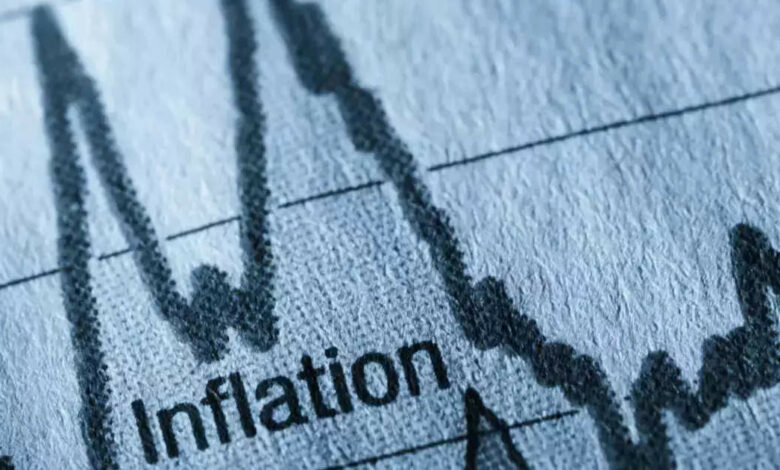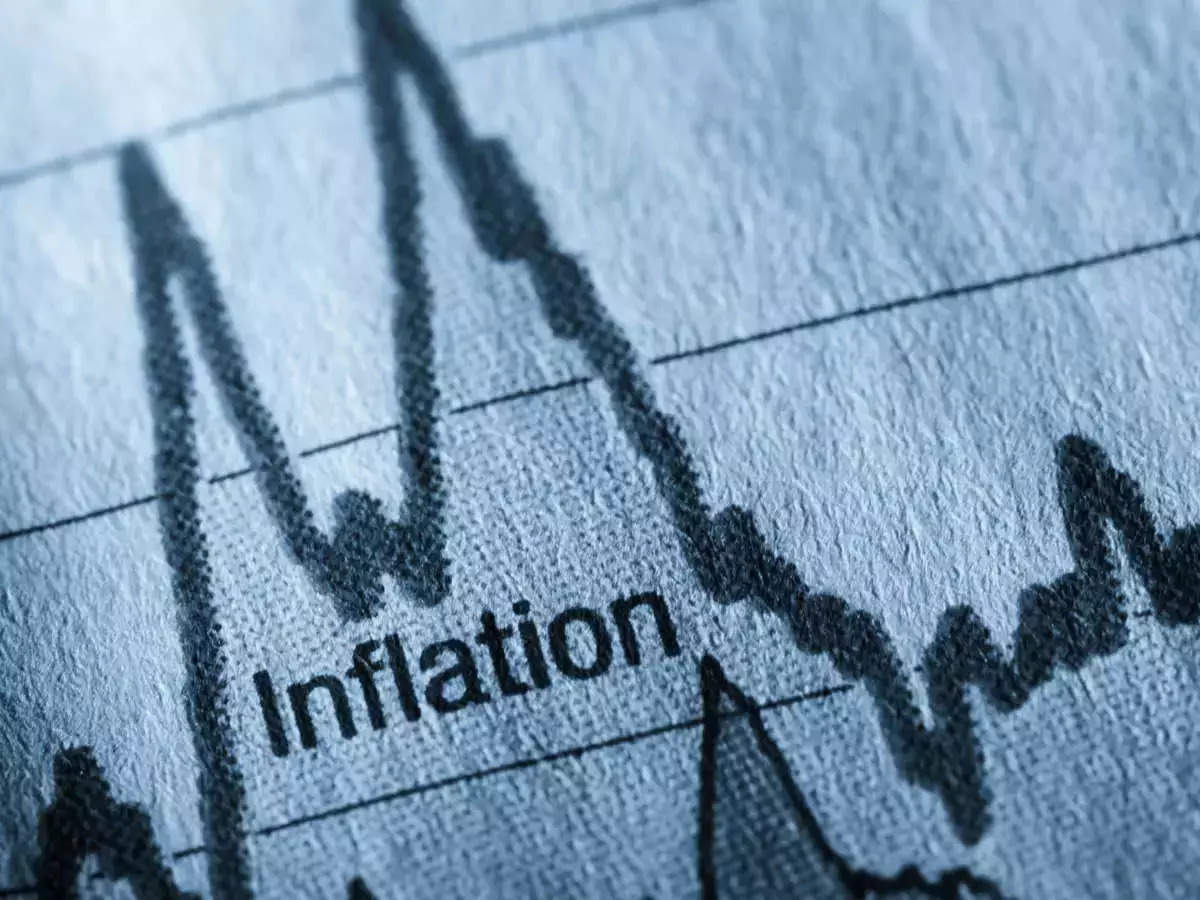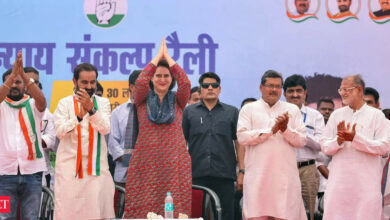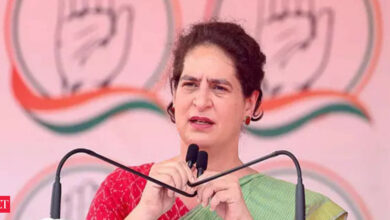wpi inflation: India’s WPI inflation eases to four-month low of 0.20 per cent in February

The sequential WPI rate for February grew 0.07 per cent against a contraction of (-)0.33 per cent in the month before.
“Positive rate of inflation in February, 2024 is primarily due to increase in prices of food articles, crude petroleum & natural gas, electricity, machinery & equipment and motor vehicles, trailers & semi-trailers etc,” the release said.
Inflation for food articles stood at 6.95 per cent in February. For the primary articles segment, the inflation rate in February surged to 4.49 per cent from 3.84 per cent in the preceding month.
Wholesale inflation in crude petroleum and natural gas grew 8.24 per cent in February. The fuel and power inflation witnessed a contraction of (-) 1.59 per cent in February against a contraction of (-)0.51 per cent in January.
Inflation for manufactured products contracted (-) 1.27 per cent in February.Earlier this week, India’s retail inflation data was released which showed that it has eased to 5.09 per cent on an annual basis as against 5.10 per cent in January, data released by the Ministry of Statistics & Programme Implementation showed.RBI‘s inflation forecast
The Reserve Bank of India (RBI), which held its repo rate at 6.50 per cent for a sixth consecutive meeting on February 8, highlighted “large and repetitive food price shocks” as one of the biggest risks to the ongoing disinflation trend.
In it’s February meeting, the RBI Monetary Policy Committee (MPC) left its inflation forecast for FY24 unchanged at 5.4 per cent, despite food price rise concerns, uncertainty around crude costs even amidst a recent slump and chances of domestic growth momentum creating demand pressure on inflation.
The central bank had also stated that it expects inflation to be 5 per cent in the current quarter ending March 31.
“Food price inflation continued to impart considerable volatility to the inflation trajectory,” RBI Governor Shaktikanta Das had said while announcing the policy decisions. “In contrast, the deflation in CPI fuel deepened and core inflation (CPI inflation excluding food and fuel) moderated to a four-year low of 3.8 per cent in December.”
Geopolitical events and their influence on supply chains, along with the volatility in international financial markets and commodity prices, are ‘key sources’ of upward risks to inflation, the RBI had said. The collective impact of policy repo rate increases is still making its way through the economy, it added.
For Q1FY25, Q2FY25, Q3FY25 and Q4FY25, the inflation reading was pegged at 5 per cent, 4 per cent, 4.6 per cent and 4.7 per cent respectively, assuming a normal monsoon next year, by the RBI.
RBI’s Das has often repeated that the RBI is determined to bring down inflation to 4 per cent. Recently, he expanded the scope of his frequently cited ‘Arjuna’ analogy to convey that it takes into account various factors beyond just inflation when shaping policies, while flagging that headline inflation remains vulnerable to recurring and overlapping shocks due to overseas and domestic factors.
India’s policymakers have been working to keep inflation in check through a mixture of monetary and fiscal interventions, be it through rates or export curbs.
Informing the Parliament of the measures taken to keep inflation stable, Finance Minister Nirmala Sitharaman, while presenting Interim Budget 2024-25 in the Lok Sabha said “retail inflation is stable and has come down within the tolerance band as a result of the steps taken by the government to check price rise, especially in perishable commodities.”
Source link





